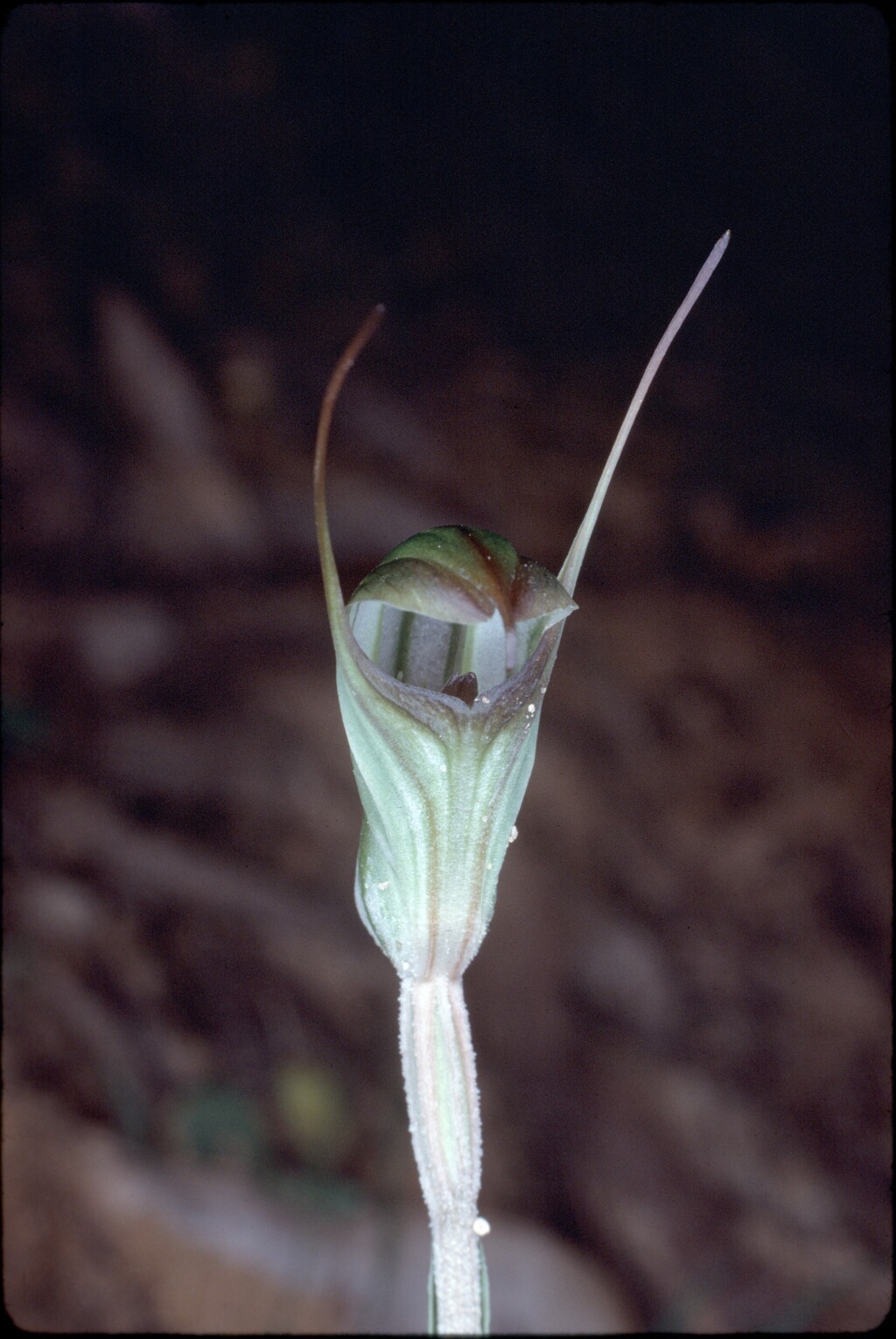Pterostylis ×toveyana
Mentone GreenhoodProc. Roy. Soc. Victoria 28: 235, t. 18 (1916)
Taxonomic status
Accepted
Occurrence status
Present
Origin
Native
Degree of establishment
Native
Threat status
FFG:
Endangered (EN)

